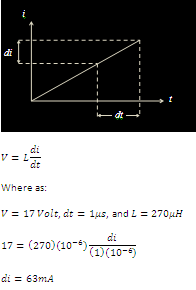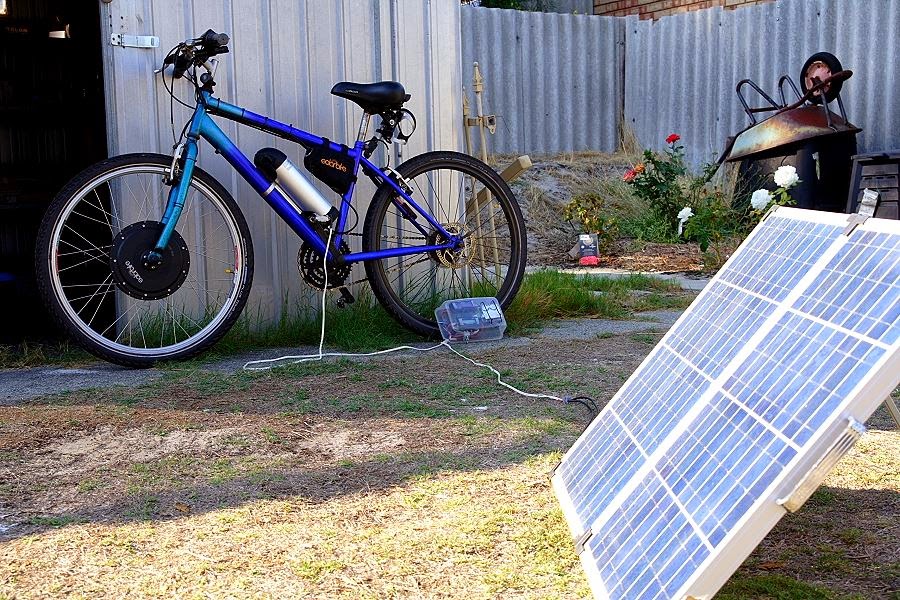So, how much it cost exactly my home-made Arduino Uno shield for Boost MPPT charger? Have I reached my original goal to create the el-cheapo version of Genasun boost MPPT lithium charger?
If I didn't account for:
Then the answer is absolutely yes! So far, components only cost me AUD65.80. If I were to get Genasun, that would cost me USD300!! Yes yes, it would financially much more beneficial if I were to buy the Genasun in the first place and not spending hundreds of hours and testing equipment... but... I learnt a lot from this project.
Breakdown of component cost as follow:
Total minimum purchase cost is shown above, as the minimum retail quantity was not one. I purchased them all from RS components.
There are components not shown in the cost table above (i.e. resistors and some diodes) because I've used my left-over components from my previous adventure. I ended up buying new Arduino Uno board, because I've blown up my original Uno freebie due to my own stupid mistake (literally, there was smoke coming out from the board after a 'POP'). So stupid, I won't share.
I can't share my board layout as it's riddled with problem, i.e. power jack is sitting on top of the USB connector, and the current sensing pad size is slightly wrong. I 'designed' the board using Microsoft Word, how silly is that?
Too bad, no one (that I can find in Google) has made buck/boost Arduino shield, nor boost only version that I can buy. So, until then, I'll be still using mine in the near future.
If I didn't account for:
- Hundreds of hours spending time in this project (I'm a slow learner),
- Buying an awesome picoscope USB oscilloscope (to find out what was wrong with my boost converter due to my lack of knowledge),
- PCB making infrastructure (solder, etching, etc etc).
Then the answer is absolutely yes! So far, components only cost me AUD65.80. If I were to get Genasun, that would cost me USD300!! Yes yes, it would financially much more beneficial if I were to buy the Genasun in the first place and not spending hundreds of hours and testing equipment... but... I learnt a lot from this project.
Breakdown of component cost as follow:
Total minimum purchase cost is shown above, as the minimum retail quantity was not one. I purchased them all from RS components.
There are components not shown in the cost table above (i.e. resistors and some diodes) because I've used my left-over components from my previous adventure. I ended up buying new Arduino Uno board, because I've blown up my original Uno freebie due to my own stupid mistake (literally, there was smoke coming out from the board after a 'POP'). So stupid, I won't share.
I can't share my board layout as it's riddled with problem, i.e. power jack is sitting on top of the USB connector, and the current sensing pad size is slightly wrong. I 'designed' the board using Microsoft Word, how silly is that?
Too bad, no one (that I can find in Google) has made buck/boost Arduino shield, nor boost only version that I can buy. So, until then, I'll be still using mine in the near future.



